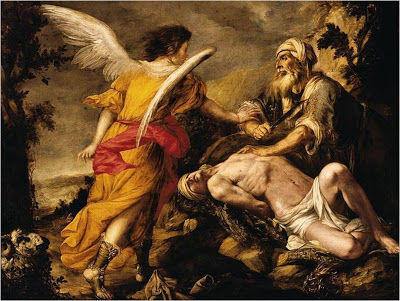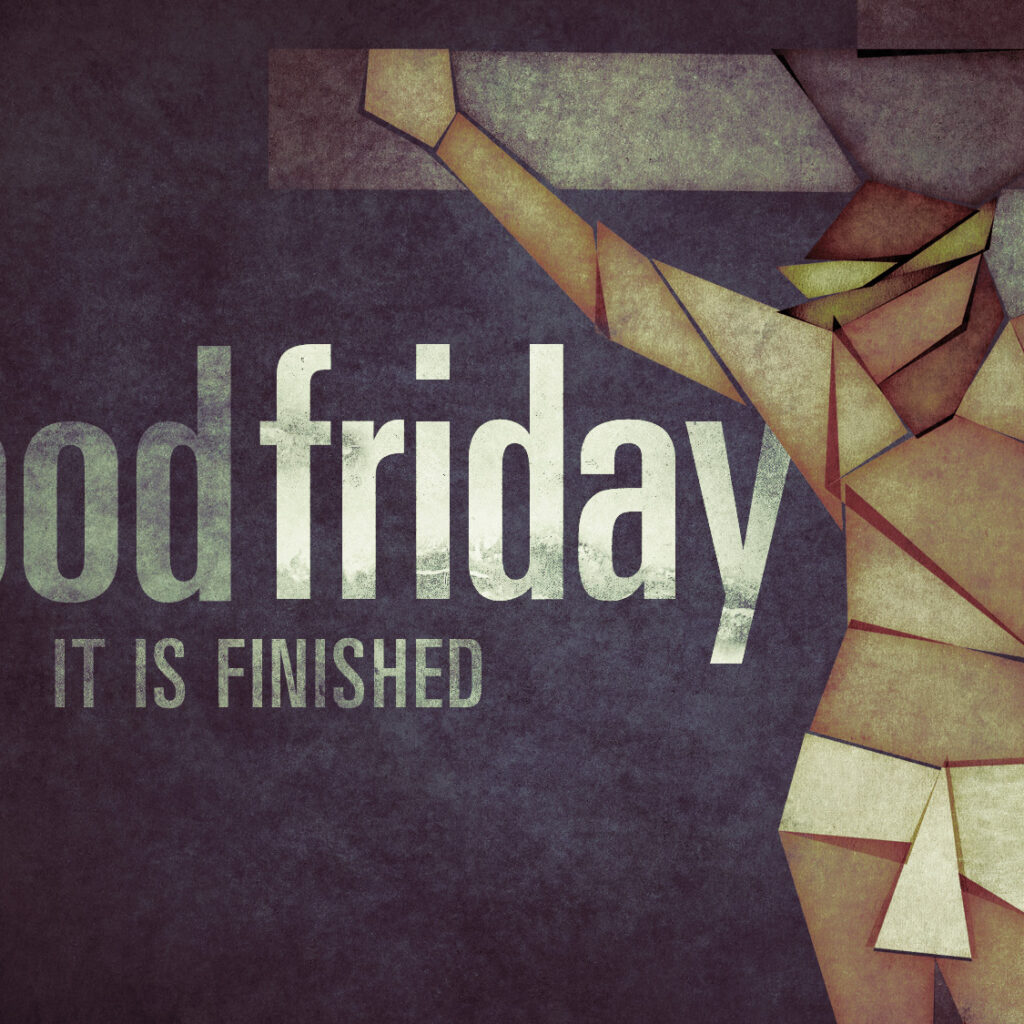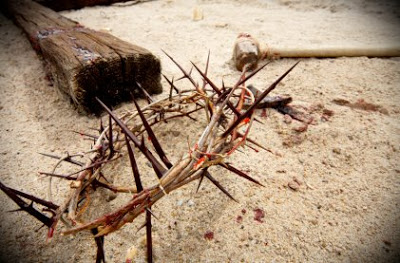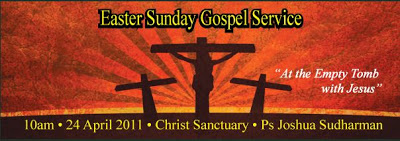Just recently I watched “Hunger Games” at the movies and came away sicken by the fact that a society would resort to sacrificing their children in order save the peace. In case you have not seen the show, the story is set sometime in the future. There were 13 colonies of a country call Panem that rebelled against the powerful ruling Capitol which plunged the whole country into a devastating civil war. After a crushing victory, the Capitol devised the Hunger Games as a yearly reminder to the colonies of its authority and as a continual punishment for their rebellion. Every year, each colony would have to send a pair of tributes, a boy and a girl, between 12 and 18 years, chosen by lottery, to participate in a televised reality show where all 24 tributes would battle to the death until only one champion remains. The society would satisfy their blood lust and the Capitol would tighten its grip over the colonies.
The subject of human sacrifice might be taboo in our modern society but it has been very much a part of our humanity since ancient days. In fact, the whole idea of the Hunger Games was based on the Greek Mythology of Theseus verses the Minotaur. In the story, King Minos had sent his army to attack Athens and in the end a peace treaty was struck where the The King of Athens would offer 7 boys and 7 girls to King Minos of Crete once every nine years to be fed to the Minotaur in return for not sending his army to attack Athens. The principle underlying these practice is the idea of sacrificing the few in order to save the many. Just in case you think that this is the stuff of the past, there are modern day equivalents.
In June 6, 1944, almost 160,000 allied troops crossed the English Channel to land on the beaches of Normandy. By the end of the first day alone almost 10,000 allied troops were either dead or wounded. If you have watched the movie “Saving Private Ryan“, you would get a sense of the sacrifice of thousands of young men, running out of the landing ship craft into a shower of German bullets in order to win freedom and liberty for the rest of the world. Of course, war and ritual sacrifice are very different things but the common thread underlying both is the principle of the sacrifice the few to benefit the many. The one difference, however is that the child is an unwilling victim, whereas the soldiers are (at least some of them) are willing to fight for a cause.
In his book, “No greater sacrifice, No greater love”, Walter Ford Carter published excepts of the letters from his father, Dr Carter, an army doctor who died in Normandy. Here is an excerpt of what Dr Carter wrote to his family two days before the Normandy landing:
“But we realize we are fighting for a way of living that is fundamentally right in the eyes of God and man, and the ideals of the enemy are wrong. Therefore we are not fighting for our own hides but for you folks back home and for people everywhere. I look about the deck at the men. It is a terrible thing to know that in 24 hours some are not going to even be able to enjoy what we intend to win. All of us think of home, our wives, children, and parents, and hope that we can see them again but it is a finality that we shall not. Let us hope that those who are killed have not died in vain. That when this conflict is over men and women will insist on a fair distribution of sociological rights to every country, enemy, ally, and neutral.”
The grand theme of the whole Bible is that of one great human sacrifice for the whole of humanity. Now, the Bible is very clear that God is opposed to the practice of child sacrifice. In the old testament, when the Israelites were living amongst the Canaanites, there was the practice amongst the pagans of burning children as a offering to the pagan god Molech. It is written in the book of Leviticus that this practice is expressly forbidden by God. The Bible does, however, record instances of human sacrifice. One is the story of Abraham’s (near) sacrifice of Isaac and the other is the crucifixion of Christ.
Both stories have astounding parallels although they are separated by a span of at least 1600 years. It was as if the story of Abraham’s sacrifice of Isaac was a foreshadowing of what God had planned to do in the future.
In case, you are not familiar with the story, God had commanded Abraham to sacrifice his only son Isaac as a burnt offering on Mount Moriah as a test of obedience. Abraham set out immediately with his son, a pile of fire wood and two servants towards the land of Moriah (Modern day Jerusalem). At the foot of the mountain, he made his son carry the pile of wood, left the servants and the donkey behind and proceeded up the mountain. There he bound up Isaac and placed him on top of the wood and was about to slay him when an angel stopped him and told him that he had passed God’s test of obedience and that instead of sacrificing Isaac, God himself had provided a ram that was caught with its horns in the thicket for the burnt offering.
The events of Good Friday was recorded in the four Gospels 1600 years later at the beginning of the millenium. Jesus was a famous teacher who went about doing good, healing people and setting them free from bondage. But he riled the local religious authorities who then plotted to dispose of him. Since they did not have the authority to execute him, they got the Roman authorities to crucify him based on the charge of treason against the Roman Empire. So after a Mickey Mouse trial, he was sentenced to be flogged and made to carry his own cross (compared to Isaac’s pile of wood) to Golgotha where he was nailed to the cross and left to die. At the point of death, he cried out to God, “Father, into your hands I commit my spirit” and breathed his last.
If you are familiar with both stories, you would not doubt see the parallels immediately. Both stories centred around a father sacrificing an only son. The big difference is that where God succeeded in sacrificing his own Son on the Cross, Abraham was prevented from doing so by God himself. God had told Abraham 1600 years earlier that He himself will will provide the necessary sacrifice which He eventually did. And as opposed to other forms of child sacrifice, Christ’s death on the Cross was entered into willingly by Jesus. But have you ever wondered if Isaac was a willing sacrifice?
I have long assume that Isaac was a lad of perhaps 12 years of age who was not able to overcome Abraham when he bound him up with rope. However according to Jewish traditions, this was not so. The Jews have taught that Isaac was a young man in his thirties, about the same age as Jesus. Part of the reason for this thinking is that very soon after this event, the bible records the death of Sarah at 127. Given that she gave birth to Isaac at 90, that would have made Isaac 37 years of age at her death. If that were true, how did a 130 plus year old Abraham managed to bind Isaac up with rope unless Isaac himself had submitted to the will of his own father? If you google “Abraham Isaac”, you will see how many artists have also shared the same impression of Isaac.
In the same way, Jesus’s death on the cross was also a willing sacrifice. We know in fact that he could have at any time ordered a legion of angels to come to his rescue. But he was very clear that the purpose of his being on earth was to live a sinless life and die as our substitute on the cross.
We get a glimpse of his foresight in the early chapters of John when he himself said:
And as Moses lifted up the serpent in the wilderness, so must the Son of Man be lifted up, that whoever believes in him may have eternal life. “For God so loved the world,that he gave his only Son, that whoever believes in him should not perish but have eternal life. John 3:14-16 ESV
Here Jesus likens himself to the brazen serpent on the pole which Moses erected in the when the Israelites were wandering in the dessert. They had complained to Moses that there was nothing to eat in the dessert except for manna which God had miraculously provided for them. As a punishment for their ingratitude, God sent serpents amongst them and many who were bitten died. When the people repented and asked God to remove the serpents, God instead asked Moses to fashion a serpent on a pole such that whoever would look upon the serpent would be healed when they were bitten by snakes.
Again, these two events are separated by a span of around 1300 years, but it was yet another foreshadowing of what Jesus Christ was to do for humanity! Jesus said of himself that he was to be hung up upon the Cross so that whoever would look to him would have their sins forgiven and gain eternal life, just has those who have been bitten would have their poison expunged.
CS Lewis captured the crux of Good Friday magnificently in the Chronicles of Narnia with his allegory of Aslan, the great King of Narnia ransoming himself to the White Witch as a substitute for Edmund’s crime. Edmund had sold himself to the queen and his life was to be taken. But instead Aslan offered himself as a substitute for Edmund knowing that the Queen would prefer to take his life instead of Edmund’s. As a result Edmund was freed. But the sacrifice came at a great cost as the once magnificent and powerful Aslan allowed himself to be bound, his mane shaven, ridiculed and eventually killed.
In the same way, the bible tells us this fact about Jesus:
Have this mind among yourselves, which is yours in Christ Jesus, who, though he was in the form of God, did not count equality with God a thing to be grasped, butemptied himself, by taking the form of a servant, being born in the likeness of men. And being found in human form, he humbled himself by becoming obedient to the point of death, even death on a cross. Philippians 2:5-8 ESV
Like Aslan, Jesus willingly sacrificed his own life so that he can be a substitute for us. He took the punishment which is meant for us when he allowed himself to be nailed on the cross. God the Father then laid all our sins upon his own Son and took his life so that through his sacrifice, we can receive forgiveness and enter into a right relationship with God.
And just as Moses lifted up the serpent in the dessert and asked the Israelite to look upon the serpent to be healed, we too need to gaze upon Jesus as he is lifted up on the cross and acknowledge our need for a Savior to be our substitute. For if not, one day we too shall have to pay for our sins ourselves!
This is the meaning of Good Friday. Have a wonderful Easter everyone!
If you have any further questions or comments, please write to [email protected].













